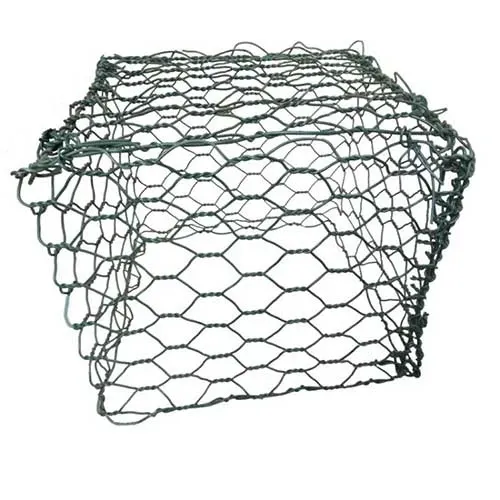-
 Phone:
Phone: -
 Email:
Email:

The Intriguing History and Uses of Barbed Wire in Modern Society
The Multifaceted Significance of Barbed Wire
Barbed wire, a seemingly ordinary yet profoundly significant invention, has shaped the course of human history, agriculture, and conflict management. Invented in the late 19th century, it emerged from the need to contain livestock, protect property, and in time, became synonymous with the complexities of war, security, and control.
At its core, barbed wire serves a straightforward purpose it is designed to deter animals and humans alike from crossing boundaries. The sharp barbs that punctuate the strands of wire create a formidable barrier, making it difficult for livestock to escape or intruders to invade. The invention by Joseph F. Glidden in 1874 provided American ranchers with a viable solution to the issue of cattle roaming freely. As the population of the United States expanded westward, barbed wire played a crucial role in defining property lines, establishing ranches, and ultimately shaping the agricultural landscape of the American West.
However, the significance of barbed wire extends far beyond its agricultural roots. During the tumultuous periods of the 20th century, particularly in World War I and World War II, barbed wire became a harsh emblem of conflict and oppression. It was used to enforce separation in trenches, bar prisoner-of-war camps, and delineate battlegrounds. The sight of barbed wire evokes a visceral response, as it represents not only physical barriers but also emotional and psychological isolation. For many, it symbolizes the suffering endured during wartime—a stark reminder of the fragility of freedom.
barbed wire

Moreover, barbed wire has taken on a new identity in modern times, serving as a potent symbol in discussions about immigration and border security. Countries across the globe have employed barbed wire to fortify their borders against unauthorized crossings. The juxtaposition of barbed wire against the backdrop of desperate migrants seeking safety and opportunity brings to light complex moral and ethical dilemmas surrounding national security and humanitarian responsibility. These scenes can stir polarizing reactions—some view it as a necessary measure for protecting a nation's sovereignty, while others see it as an inhumane barrier that exacerbates human suffering.
In addition to its association with conflict and security, barbed wire has also found its way into the realms of art and culture. Artists have incorporated barbed wire into their works as a means to explore themes of entrapment, division, and resistance. The raw and jagged nature of barbed wire can evoke powerful emotions, prompting viewers to reflect on their own experiences with boundaries—both physical and metaphorical.
In conclusion, barbed wire is far more than a simple fencing material—it is a complex symbol deeply embedded in the fabric of human experience. From its practical applications in agriculture to its darker associations with war and confinement, barbed wire reflects the dualities of safety and danger, protection and oppression. As we navigate a world increasingly defined by borders and barriers, the presence of barbed wire continues to challenge our understanding of freedom, belonging, and the lengths we go to establish security. Ultimately, recognizing the multifaceted significance of barbed wire allows us to engage more thoughtfully with the social, political, and artistic conversations it inspires.
-
Reinforce Your Projects with Versatile Hexagonal Wire MeshNewsSep.12,2024
-
PVC WireNewsSep.12,2024
-
Maximize Your Closet Space with Clothes Hanger WireNewsSep.12,2024
-
Enhance Safety and Stability with Premium Rock Netting SolutionsNewsSep.12,2024
-
Bucket Handle WireNewsSep.12,2024
-
Baling Wire: Your Ultimate Solution for Securing and BundlingNewsSep.12,2024
-
What’s the Cost of Securing Your Property? Breaking Down Barbed Wire Fence PricesNewsAug.30,2024








